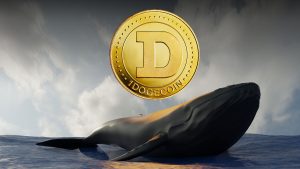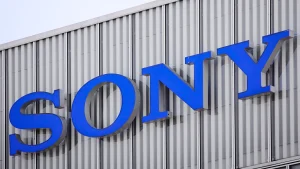The digital cash and payment landscape is growing with Bitcoin Lightning Network tagging along in full force, but are there limits to its potency?
Bitcoin (BTC), the world’s leading cryptocurrency, has earned a reputation in the broader financial market as an asset of value. Some refer to it as “digital gold” and a hedge against inflation. While the coin continues to gain in price valuation, others have questioned whether BTC has fulfilled its creator’s original vision—Satoshi Nakamoto’s vision of Bitcoin as a peer-to-peer electronic cash option.
Limitations of Bitcoin’s Original Design
Notably, Nakamoto’s vision of using Bitcoin as a form of digital cash that could enable the purchase of everyday goods and services has not occurred. In his whitepaper, Nakamoto referred to Bitcoin as “an electronic payment system based on cryptographic proof instead of trust.” The original design remains the foundation and has not scaled nor gained wide adoption.
The primary hurdle lies in Bitcoin’s slow and costly transaction speed. Additionally, the transaction fees make it impractical for everyday use. Efforts are ongoing to develop a solution to this major hurdle preventing the widespread use of Bitcoin in daily transactions. The Lightning Network is one such solution.
Lightning Network, a Layer-2 solution on the Bitcoin blockchain, evolved in 2015 when Joseph Poon and Tadge Dryja collaborated to solve the increasing transaction fees. The transactions on the main Bitcoin blockchain need to be faster due to limited block size and demand. Lightning Network’s solution involves creating “payment channels” that allow users to transact without waiting for block confirmation.
All transaction records are recorded off-chain, require insignificant fees, and are practical for making purchases of groceries and smaller payments. When users complete transactions and close the Lightning Network channel, only the final balance becomes the Bitcoin blockchain. This approach by Lightning Network enhances Bitcoin’s scalability usability and reduces congestion and high fees.
Lightning Network and the Future of Bitcoin as Digital Cash
Tech and financial experts maintain that the Lightning Network holds huge potential to transform Bitcoin into an everyday payment option. However, this will depend on making the platform user-friendly, secure, and reliable.
El Salvador, for instance, has enabled Bitcoin for daily small payment transactions without incurring high fees. The government launched the Chivo Wallet, which supports Lightning Network transactions and allows users to bypass the expensive fees linked with on-chain Bitcoin transactions.
However, when malicious actors hacked the Bitcoin Chivo Wallet, safety issues were raised. According to reports, the personal information of over 5 million Chivo wallet users, including their names, residential addresses, and DUI numbers, was leaked. Such compromise in adopting Bitcoin for everyday use has made some skeptical of its scalability for global use.
These could also count as teething problems that the Lightning Network might need to resolve. Experts maintain that if the goal is global adoption to revolutionize Bitcoin payments, security must remain a core focus.
Disclaimer: The information provided in this article is for informational purposes only. It does not constitute investment, financial, trading, or any other sort of advice. You should not treat any of BGECrypto’s content as such. BGEcrypto does not recommend that any cryptocurrency should be bought, sold, or held by you. Do your due diligence and consult your financial advisor before making any investment decisions.
























